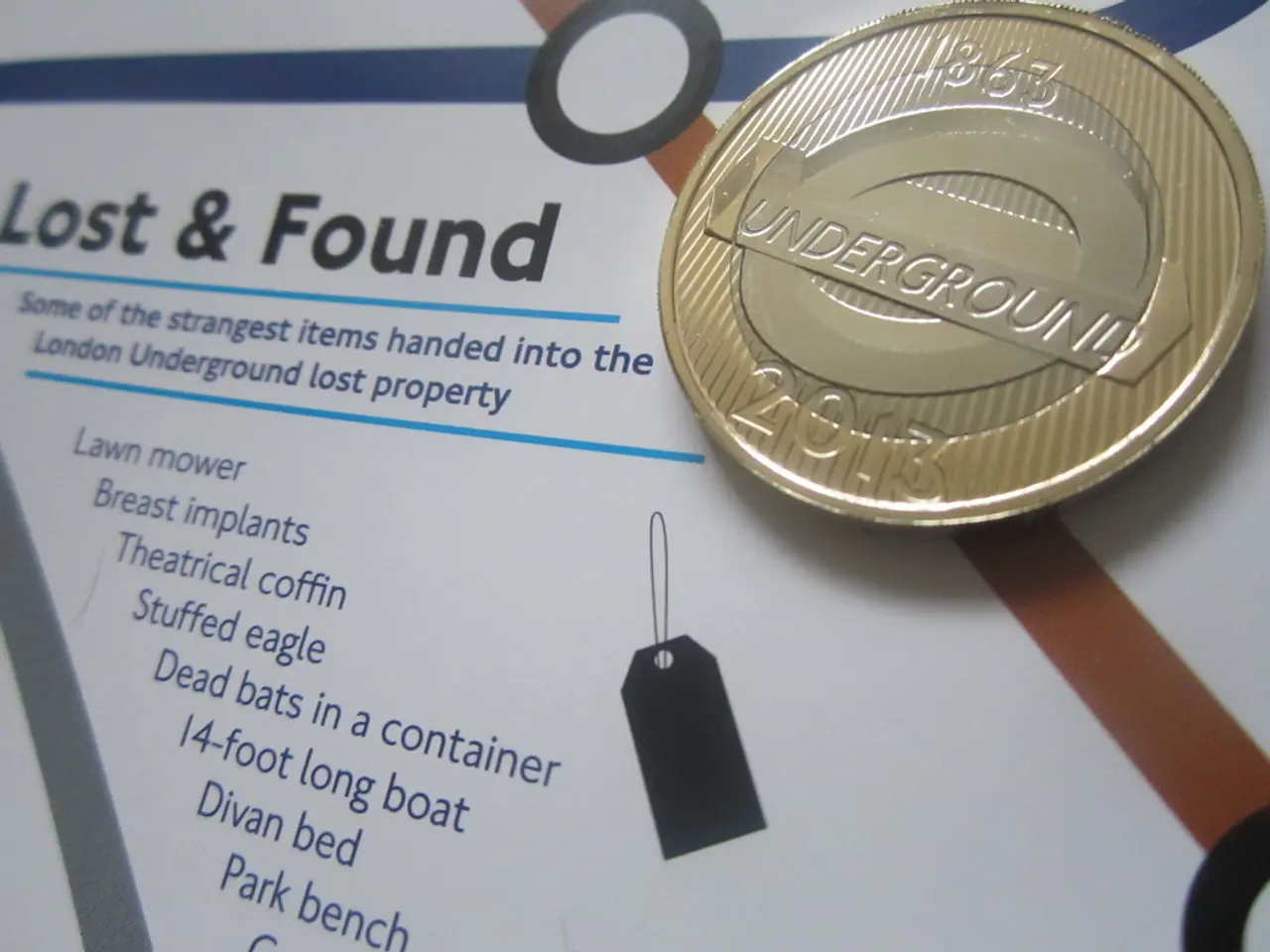Sending Money Overseas without Incurring Currency Exchange Charges
In the digital age, sending money abroad has become simpler and more cost-effective than ever before. Three primary methods facilitate transfers while minimizing or eliminating currency conversion costs: multi-currency accounts, digital wallets, and stablecoins.
Multi-currency accounts are a valuable tool for those who frequently transfer funds internationally. They allow you to hold and send money in several different currencies without automatic conversion, thus avoiding conversion fees when sending or receiving money in the currency you hold. This enables direct transfers abroad with less or no currency conversion markup, especially useful if both sender and receiver have compatible multi-currency accounts[1].
Digital wallets are another convenient option for international transfers. They often support multi-currency balances and enable quick international transfers without traditional bank intermediaries. Digital wallets like PayPal and apps such as Wise (formerly TransferWise) and Paysend offer low-cost, direct transfers at near mid-market exchange rates or fixed small fees[3][5].
Stablecoins are digital assets pegged to a stable fiat currency like the US dollar. They operate on blockchain networks, enabling instant, near-fee-free transfers worldwide. By sending stablecoins, users avoid traditional foreign exchange fees and delays, since the transferred value remains stable and does not incur conversion costs. Stablecoin payment gateways reduce international transfer fees by up to 70% compared to banks and allow near-instant settlement without forex hassles[2]. They also increase accessibility by removing banking infrastructure constraints and border restrictions[4].
| Method | Fee Characteristics | Transfer Speed | Currency Conversion Impact | Accessibility | |---------------------|----------------------------------------------|---------------------|-------------------------------------|----------------------------------| | Multi-currency accounts | Minimal to no conversion fees when sending/receiving in same currency | Typically fast | Avoids forced currency conversion | Requires compatible accounts | | Digital wallets (e.g., Wise, Paysend) | Low transparent fees, usually below 2% or fixed small fee rates | Minutes to hours | Use mid-market rates or fixed fees | Widely accessible via apps | | Stablecoins | Negligible fees (~<1%), no forex fees | Near-instant | Value locked to stable fiat, no conversion loss | Wallet-only, no bank account needed |
When using any of these methods, it's crucial to remember certain precautions. Always choose a trusted digital platform, ensuring correct account details and keeping credit/debit card and wallet password OTP secure. Be cautious when sending money to an anonymous person, doing thorough research to ensure they have provided trusted account details. Following banking rules and tax laws is also essential, such as the RBI's LRS scheme in India, which allows foreign transactions of up to $2.5 lakh per year[6].
In summary, to avoid currency conversion fees when sending money abroad, using a multi-currency account to send and receive funds in the same currency is effective; digital wallets provide convenient, low-fee options often at mid-market rates; and stablecoins enable near-instant, very low-cost transfers on blockchain networks without involving traditional currency conversion processes[1][2][3][4][5].
Personal-finance management in the digital age increasingly relies on data-and-cloud-computing technology, as seen in multi-currency accounts, digital wallets, and stablecoins. Multi-currency accounts and digital wallets cater to those who frequently transfer funds internationally, offering minimal to no conversion fees, direct transfers, and low transparent fees respectively. Meanwhile, stablecoins utilize blockchain technology to provide instant, near-fee-free transfers with value locked to stable fiat currencies, thereby avoiding traditional foreign exchange fees and delays.




